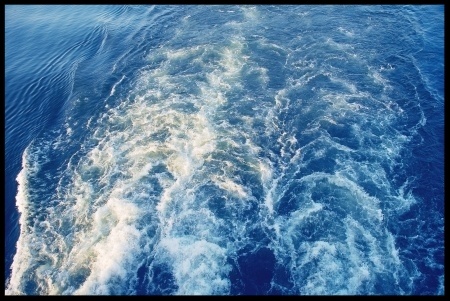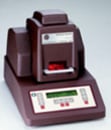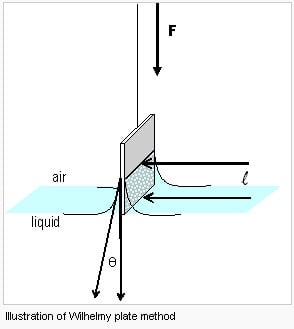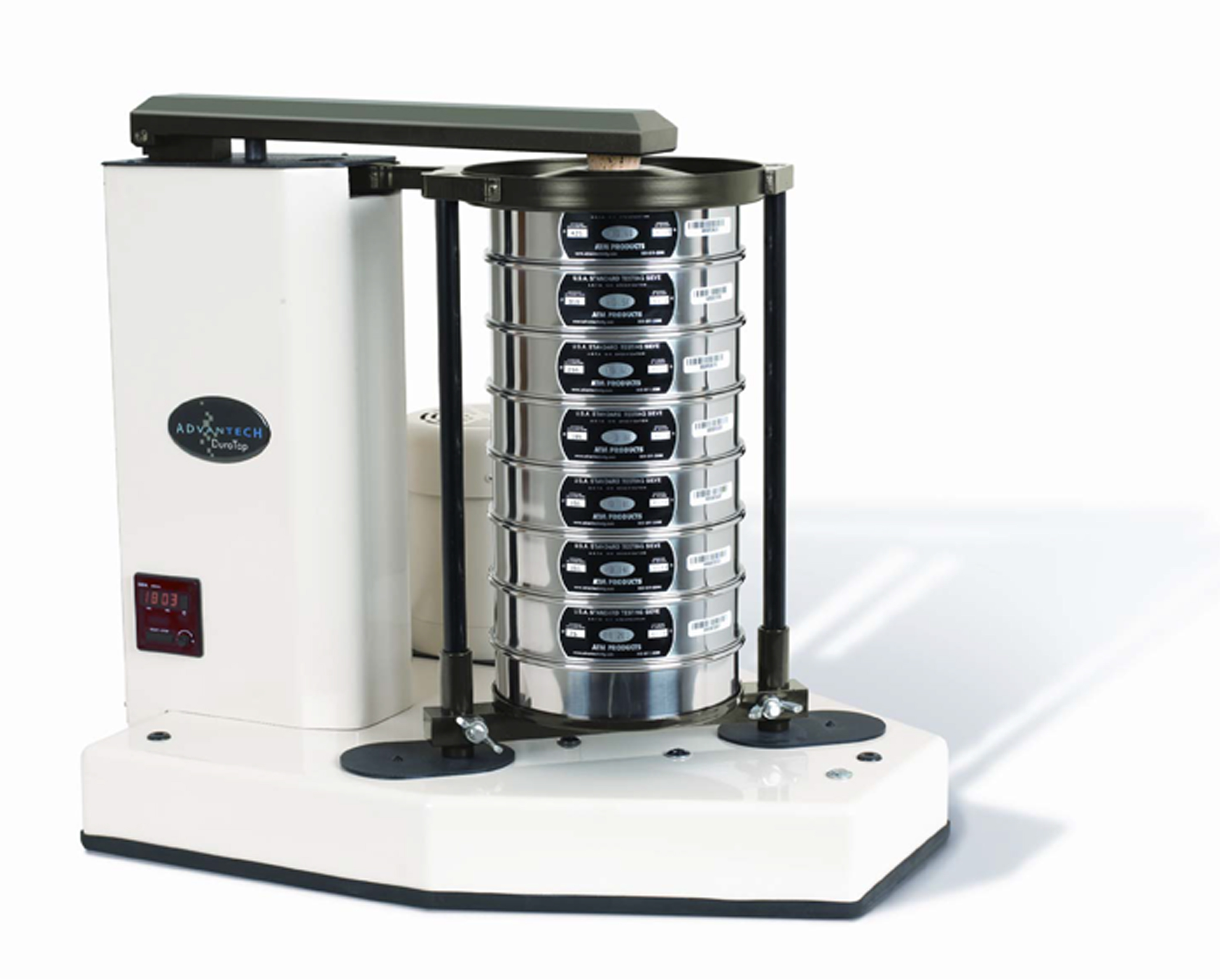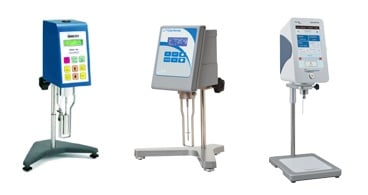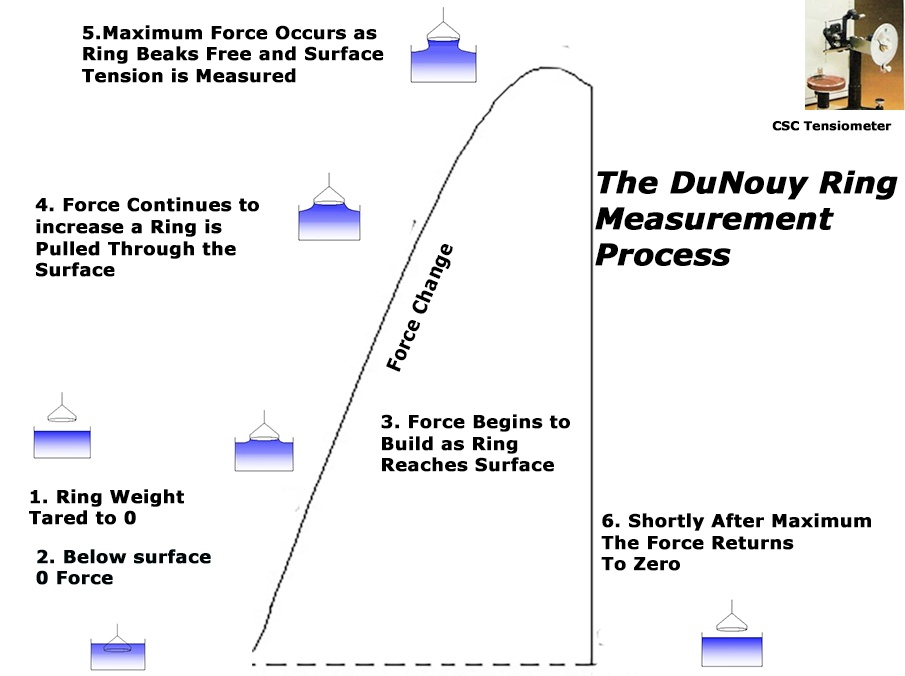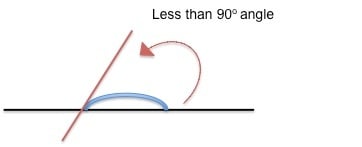Most rotational viscometer specifications promise high test accuracy and repeatability. However, an instrument on its own cannot guarantee accurate results. Instrument set-up and using the right test parameters are critical pieces of the puzzle.
Test parameters and turbulence are two key factors to consider when preparing to test with a rotational viscometer. The spindle, speed setting, and temperature of the product are some of the parameters that can impact test results. Additionally, turbulence in the sample’s flow during a test will distort viscosity readings. Knowing how to manage these two factors can significantly contribute to the accuracy of your testing.
Read More
Topics:
Measure Viscosity,
Viscometers,
Viscosity,
Dynamic Viscosity,
rotational viscometer,
Liquid Properties
Loss on Drying (LOD) Moisture Balance analysis is based on drying a sample and comparing the difference in weight before and after drying.
Read More
Topics:
Moisture Testing,
Loss-On-Drying,
moisture balance
Quiet Sieve Shakers
Recently in a quiet, reflective moment, I recalled my first work with sieve shakers. Horizontal motion with tapping was the basic shaker design. The Ro-Tap® was King, and there were few alternatives. Different shakers for special applications, such as the Mary Jane and one that was hung from the ceiling, were the exception.
Read More
Topics:
Sieve Shakers,
Sonic Sifter,
Particle Size Analysis,
Quiet sieve shakers,
RoTap,
Noisy Sieving,
sieving,
Endecotts,
vacuum sievers
You probably know that rotational viscometers work by measuring the torque on a vertical shaft that rotates a spindle. The spindle is in the test sample and its rotation is impeded in proportion to the viscosity of the sample. These instruments measure viscosity.
Read More
Topics:
Viscometers,
Viscosity,
Liquid Properties
An understandable definition of surface tension: “The attraction force between molecules at the surface of a liquid. The force that keeps if from flying off into space”.
Read More
Topics:
Tensiometer,
Surface Tension Measurement,
Surface Tension,
actual surface tension,
apparent surface tension,
Liquid Properties
Contact angle and surface tension. The two terms are never far apart. Run a Google search of "contact angle" right now and see for yourself. You'll often see the terms mentioned within a breath of one another because contact angle and surface tension are two approaches to surface analysis - the study of how a surface interacts with other materials or components. Generally speaking, there is also a relationship between the two measurements, one that tends not to be very clearly explained in other resources. I hope to remedy that today.
Read More
Topics:
Automatic Surface Tension Measurment,
Surface Tension Measurement,
Surface Tension,
contact angle,
contact angle meter,
wettability,
Liquid Properties
When we first started measuring moisture with Karl Fischer, I was instructed in the complex chemical reactions involved. I was also was told that the process was skittish.
Read More
Topics:
Coulometric Karl Fischer,
Volumetric Karl Fischer,
Moisture Testing,
Karl Fischer,
Karl Fischer Titration,
Moisture
For several years, people in the test sieving business have been grousing about the difficulty of making sure that a test sieve certification is what they need. Anyone who is working with close tolerances in the smaller particle sizes, like 300 microns and smaller, have serious issues in matching results from test sieve to test sieve.
Read More
Topics:
Mid-Point Sieves,
Calibration,
Sieve Calibration,
Sieve Certification,
Sieve Testing,
Sieves,
Sieve Analysis

